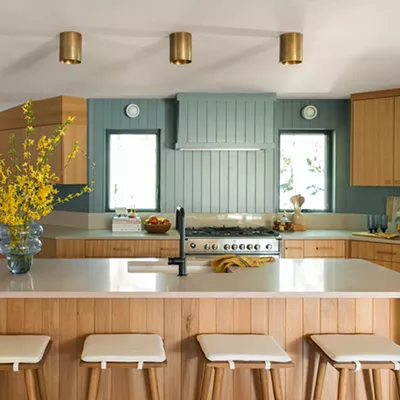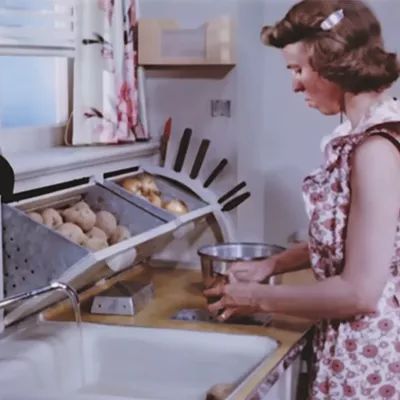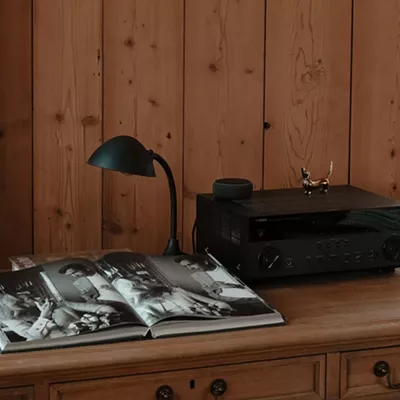
Home design, much like fashion,operates under a set of trends that dictate what looks good... and what doesn't. But unlike fashion trends that generally update seasonally, home trends often stick around for years.
Rather than being bound by trends, home designers generally work to create spaces that feel unique yet timeless. But that doesn't mean things are static. We checked in with two Spokane designers to see what's on their minds.
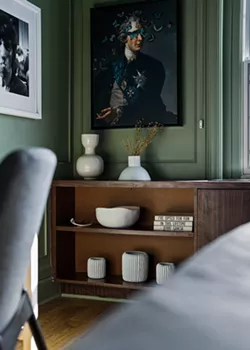
Going Bold
Like fashion, interior design is often inspired by the world around us. That's why it's no surprise that after the pandemic people are looking to infuse some vibrancy into their homes.
"People are so over the white," Erin Haskell, owner of Design for the Ppl, says, referring to the neutral, minimalist decor that's dominated homes in the last few years.
While there isn't technically a way to go overboard with maximalism, Haskell recommends getting staple furniture — sofas, tables and cabinets — in neutral colors and then going a little wild with accessories, even to the extent that some might consider excessive.
This could mean getting a set of bright, modern chairs to surround a neutral table, or a snazzy lamp and ample wall hangings to accompany that sofa.
In bringing back excess, Tammie Ladd of Tammie Ladd Design, is reaching for gorgeous jewel tones and warm woods.
"It started coming back slowly with warmer floor colors and then warmer wall colors," Ladd says. "Now really rich blues and greens in jewel tones are definitely in our near future. Artwork, pillows, rugs, throws, you know, just bring in one of those colors to play and everything will brighten up."

Closed Floor Plan
A fairly seismic shift is underway in new home design: The closed floor plan — in which the kitchen, dining room and living room are isolated from each other — is making a comeback.
"Open floor plans are practically gone," Haskell says. "Functionality is the most important thing overall."
To approximate the effect without major construction, consider rearranging furniture to enclose spaces. For example, a pair of bookshelves can be placed strategically between two spaces to effectively create a wall.
Active Spaces
Just as home offices became trendy during the pandemic when many had to work from home, rooms for reviving one's own mental and physical health are becoming popular.
For some people, that might look like a home gym or a space to meditate, Ladd explains. For others it could even be the laundry room.
"One of my favorite rooms to turn into a high-energy space — that people actually want to spend time in — is the laundry room," Ladd says. "Laundry rooms are typically relegated to the basement or some dark area."
Haskell says clients are interested in home libraries as a sort of wellness space.
"It's kind of a multipurpose room," she says. "People are looking to sit down and enjoy a cup of coffee or a conversation."
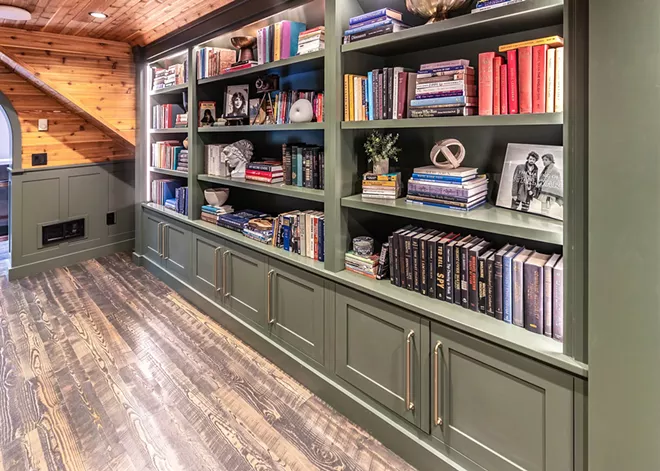
Pro-tip: Libraries are also the perfect place to take those first steps into maximalism. Add books, trinkets and tchotchkes to your heart's content, and watch as the space just gets more inviting.

Lighting
"Lighting is one of the most important elements of design," Ladd says. "It's a big component of what we're working on in our designs, because in a room without light you can't even see [the design]."
For a quick fix, Ladd recommends upgrading light bulbs throughout the home to take advantage of new lighting technology that allows selection, right on the bulb or through an app, among various tones and colors. So for a room filled with predominantly cool-toned furniture and accessories, lighting can be selected to match that. Similarly warm-toned rooms can benefit from warm lighting.
But it's not just the light bulbs that are changing. Haskell says light fixtures also offer an opportunity for expression. Gone are the days of the nipple light, that common ceiling fixture that, just as the name implies, looks like a ceiling boob. Instead, look for detailed fixtures, even chandeliers, and more whimsical or fun styles.
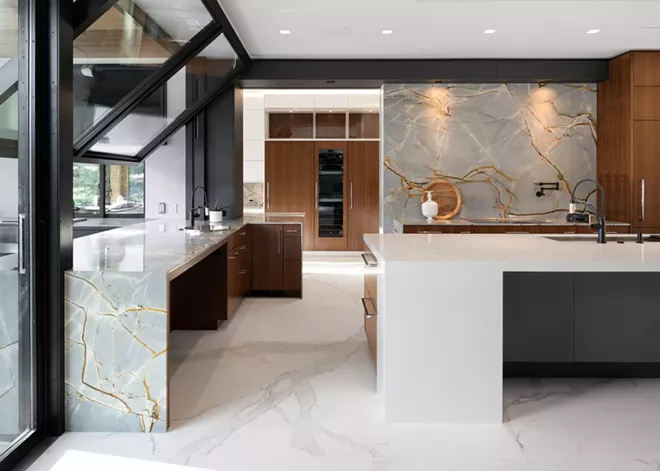
Hiding in Plain Sight
While maximalism offers the opportunity for plenty of color and design elements, there are some things we are tired of looking at. So designers are finding ways to hide or camouflage them.
The smallest of these examples, Ladd says, are electrical outlets.
New outlets can be installed in a way that almost hides them by removing the rectangular trim that they normally exist within. An added bonus of removing that eyesore, she says, is that disguising an outlet can make it safer for young children.
One of the more difficult design elements, but something that is a must-have for most homes, is the television, which often looks like a big black box in an otherwise beautiful space.
But there are ways to conceal the TV. Ladd likes Samsung's line of televisions that have a picture frame around them, allowing the TV to display artwork when it's not in use.
She also works with a company called C Seed that makes very high end televisions that can actually be folded and tucked away in their own console.
"The funny thing about trends is that they seem impossible now, but you will begin to see more of these types of things as time goes on," she says.






